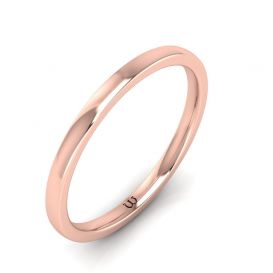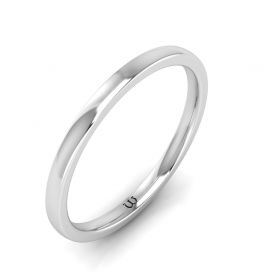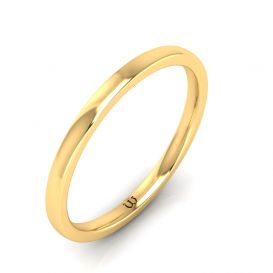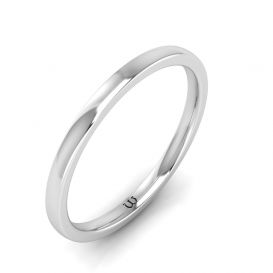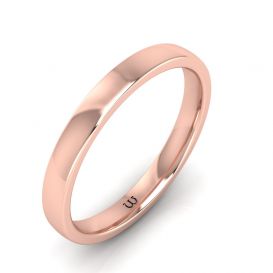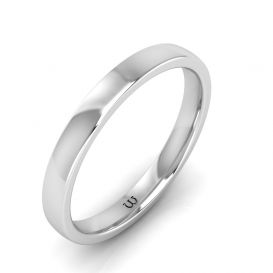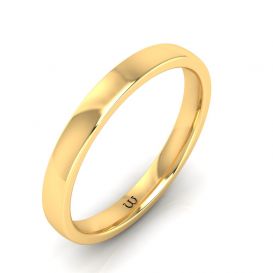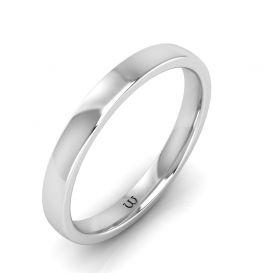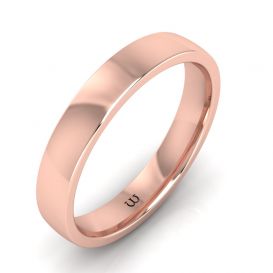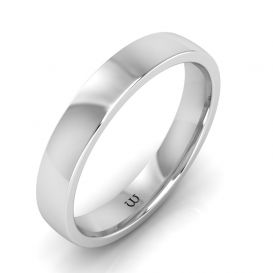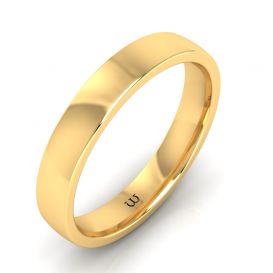Loose Lab Grown Diamonds
Welcome to the brilliance of modern luxury with our collection of loose lab-grown diamonds. Crafted with precision and care, our lab-grown diamonds offer an ethically sourced alternative to traditional mined diamonds, without compromising on quality or beauty. From stunning engagement rings to timeless jewelry pieces, our loose lab-grown diamonds boast the same exceptional brilliance, clarity, and durability as their mined counterparts. Experience the epitome of sustainability and style as you explore our exquisite selection, where each diamond tells a story of innovation and responsible luxury. Discover the allure of lab-grown diamonds and indulge in the elegance of guilt-free glamour that shines bright with every facet.
Show more
-
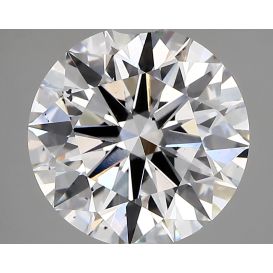
3.5 Carat Round Lab Grown Diamond
$1,188.00
Lab Grown Diamonds FAQs
Does Whitehouse Brothers offer a price match guarantee?
Yes, Whitehouse Brothers will match or beat any price on a comparable lab grown diamond. We offer the most competitive prices on lab grown diamonds in Cincinnati and Nationwide. Whether you are from Cincinnati or outside of the city we will meet or beat any written offer on a lab grown diamond.
Is the entire lab grown diamond inventory shown on the website?
We have the largest selection of lab grown diamonds in Cincinnati that is updated daily on our website. We also can work with you directly to find the perfect diamond. Feel free to contact us with your specific requests, as we are a wholesaler and have access to tens of thousands of diamonds. We will search to find the best lab grown diamond at the best price.
I need help selecting a lab grown diamond
Our professional diamond experts are available to help guide you through the lab created diamond selection process. Contact us by phone or through our website and we will promptly respond to provide you with any direction.

